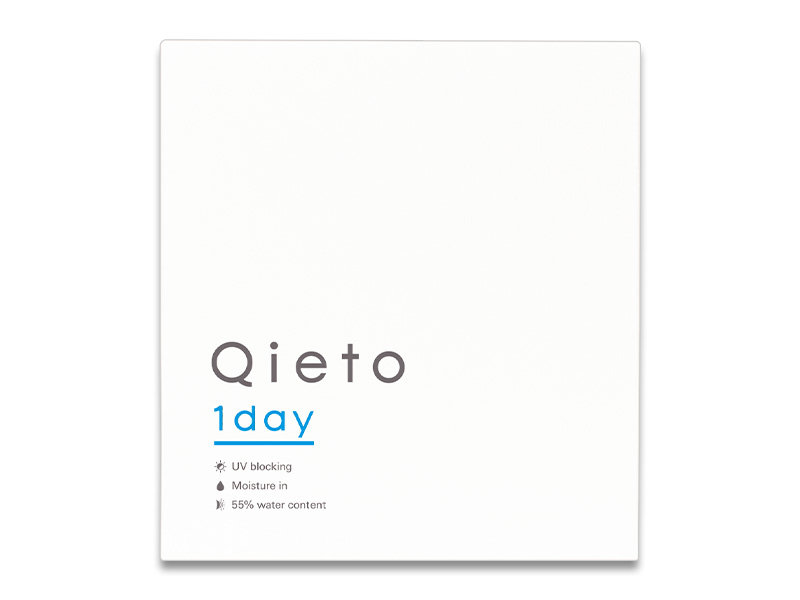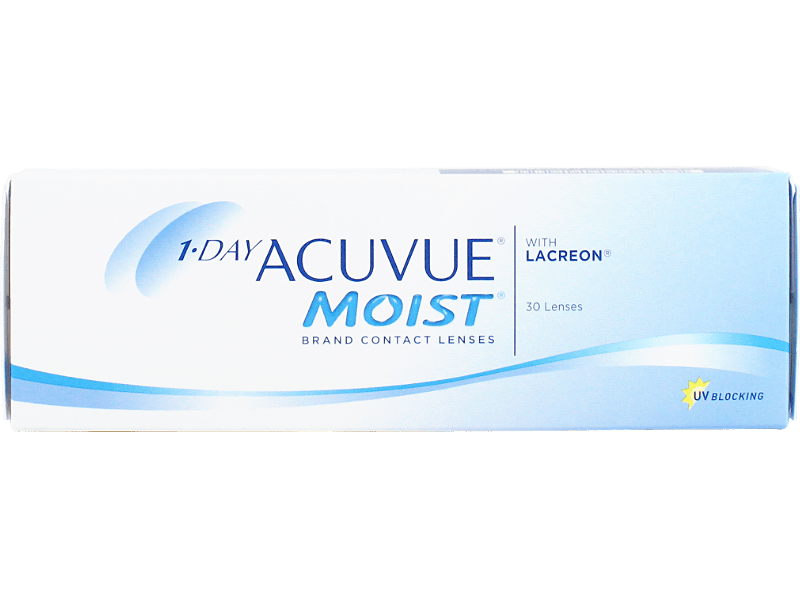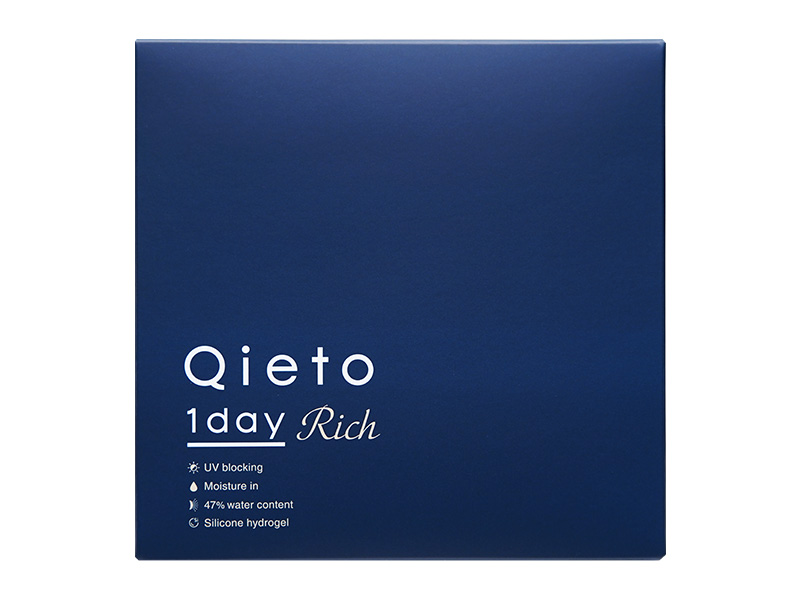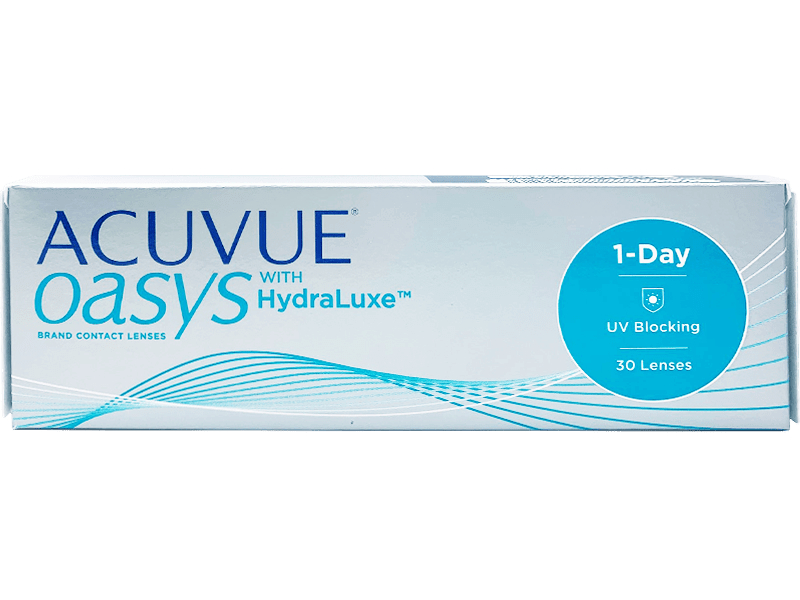Smart Shopping: Buying Contact Lenses Wisely to Save Money

According to Stats NZ, the cost of living for the average New Zealand household increased 6.2 percent in the 12 months to the March 2024 quarter and the consumers price index (CPI) was 4.0 percent in the 12 months to the March 2024 quarter (released on 29th April 2024).
Prices in categories such as rent, insurance, and food continue to experience inflation, making it increasingly challenging to make a living.
While we can't change certain things like prices and content, it's important to focus on areas where we can reassess. For example, switching to more affordable brands at the supermarket, cutting down on expensive entertainment, or reducing dining out. These small steps can make a significant difference right now.
For contact lens users, what are some ways to save money?
Let's explore that a bit in this blog!Summary
- Comparing Several Retailers
- Use Discounts and Coupons to the Maximum Extent Possible!
- Reconsidering the Products You Use - How Much Can You Save?
- Which is the Cheapest: Daily, Fortnightly, or Monthly Contact Lenses?
- Things You Must Never Do
Comparing Several Retailers
There are many retail stores that sell contact lenses, both in physical stores and online. Each store may have different strengths such as price competitiveness, fast delivery, or good service. If price is the most important for you, it might be worth comparing prices among several retailers. Even for the same brand and product, prices can vary between retailers, so price comparison is important.
Use Discounts and Coupons to the Maximum Extent Possible!

Many retailers offer various deals, including limited-time sales and valuable coupons. Staying informed and purchasing items during these sales is essential for saving money, so be diligent about it.
QUICKLENS frequently offers numerous sales, including exclusive subscriber-only sales that provide significant savings. If you haven’t subscribed yet, now is a great time to subscribe!
Another great way to stay updated is by following us on social media. Don't miss out on our sales—follow us today!
Additionally, our "Offers" page provides valuable information on the latest deals, so make sure to check it regularly.
For example, when you purchase QUICKLENS' daily disposable contact lenses and apply our coupons (ranging from 10% to 20% off) every three months, you could save NZ$990.74 annually. (This calculation assumes using the average price for daily lenses (excluding Toric, Multifocal, and colour lenses), with discounts applied as follows: 10% off once, 15% off twice, and 20% off once.)
Since it simply involves using coupons without much effort, isn't this the easiest way to save money?
Reconsidering the Products You Use - How Much Can You Save?
Even among daily lenses with the same function, prices can vary depending on factors such as brand, material, and other factors. We calculated the annual cost based on the lowest and highest prices currently offered (as of July 2024) for non-silicone hydrogel and silicone hydrogel daily lenses available at QUICKLENS.Daily Disposable Contact Lenses (non silicone hydrogel)


| Product | Qieto1day (30 Pack) | Product | 1 Day Acuvue Moist (30 Pack) | |
| Base Curve | 8.7 mm | Base Curve | 8.5 mm / 9.0 mm | |
| Diameter | 14.2 mm | Diameter | 14.2 mm | |
| Content | Ocufilcon D & 55% water | Content | 42% Etafilcon A & 58% water | |
| Base Price | NZ$24.90 | Base Price | NZ$39.90 | |
| Price Per Day | NZ$1.66 | Price Per Day | NZ$2.66 | |
| Price Per Month | NZ$49.80 | Price Per Month | NZ$79.80 | |
| Price Per Year | NZ$605.90 | Price Per Year | NZ$970.90 |
There is a difference of NZ$365.00 per year between the items.
Daily Disposable Contact Lenses (silicone hydrogel)


| Product | Qieto1day Rich (30 Pack) | Product | Acuvue Oasys 1-Day With HydraLuxe (30 Pack) | |
| Base Curve | 8.8 mm | Base Curve | 8.5 mm / 9.0 mm | |
| Diameter | 14.1 mm | Diameter | 14.3 mm | |
| Content | Olifilcon B (Silicone hydrogel) & 47% water | Content | 62% Senofilcon A (Silicone hydrogel) & 38% water | |
| Base Price | NZ$34.90 | Base Price | NZ$56.90 | |
| Price Per Day | NZ$2.33 | Price Per Day | NZ$3.79 | |
| Price Per Month | NZ$69.80 | Price Per Month | NZ$113.80 | |
| Price Per Year | NZ$850.45 | Price Per Year | NZ$1383.35 |
There is a difference of NZ$532.90 per year between the items.
Even among daily disposable contact lenses, prices vary, so trying affordable lenses that suit your needs (such as those with high water content that fit comfortably or silicone hydrogel lenses with high oxygen permeability and resistance to dryness) can lead to savings.
*BC and DIA may vary, so it's important to check if they match your prescribed BC/DIA/PWR, etc.
Which is the Cheapest: Daily, Fortnightly, or Monthly Contact Lenses?
Daily lenses have a higher daily cost compared to fortnightly and monthly lenses, but fortnightly and monthly lenses require separate cleaning and storage solutions.
(The average daily prices of our popular products are: Qieto1day (daily): NZ$1.66 per day, Acuvue Oasys (fortnightly): NZ$0.95 per day, and Biofinity (monthly): NZ$0.59 per day (prices as of July 2024).)
The choice depends on your lifestyle (whether you find daily cleaning bothersome or want to minimise lens costs, etc.). If you use contact lenses occasionally, such as for outings or sports, daily disposable lenses are recommended. Otherwise, sticking to glasses can also save money.
Things You Must Never Do

To save on contact lens costs, some people may consider wearing them beyond the recommended usage period, but please do not do this under any circumstances.
For fortnightly and monthly lenses, always replace them with new ones after the specified wearing period from the day you open the blister pack. Daily disposable contact lenses are meant to be used once and then discarded.
The materials used in lenses vary in durability and oxygen permeability, and their performance deteriorates over time. Therefore, beyond their expiration date, lenses are more prone to dirt buildup and significantly reduced oxygen transmission during wear.
Continuing to use contact lenses beyond their recommended wearing periods or expiration dates increases the risk of eye infections and can lead to unnecessary medical expenses.
Even if it seems wasteful, always prioritise your eye health by strictly adhering to the recommended wearing periods and expiration dates.

This time, we touched on tips for saving money when purchasing contact lenses. It may be a small saving, but that saving could contribute to household finances, buying a home, education costs in the future, or even your own hobbies.
Let's overcome this tough situation together using these means!
